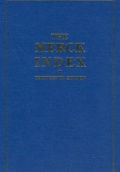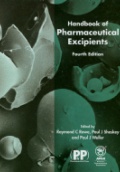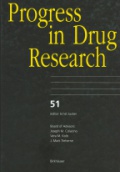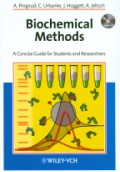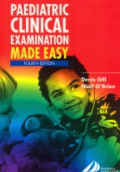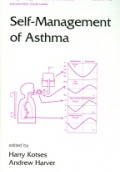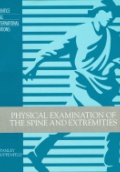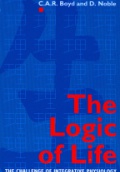
Physical Chemistry for the Life Sciences
ISBN: 0199280959
Vydavateľstvo: Oxford UP
Rok vydania: 2005
Nárok na dopravu zdarma
The behaviour of those macromolecules and molecular assemblies that have vital roles in all living organisms is grounded in physical chemistry. Physical principles determine the stability of proteins and nucleic acids, the rate at which biochemical reactions proceed, the transport of molecules across biological molecules; they allow us to describe structure and reactivity in complex biological systems, and make sense of how these systems operate.
Physical Chemistry for the Life Sciences fills a void in the textbook market by offering a balanced presentation of the concepts of physical chemistry, and their extensive applications to biology and biochemistry. It is written to straddle the worlds of physical chemistry and the life sciences and to show students how the tools of physical chemistry can elucidate and illuminate biological questions.
Opening with a suite of chapters on Biochemical Thermodynamics, with a focus on energy conversion in biological cells and the factors that stabilize proteins, nucleic acids, and cell membranes, the book goes on to explore the Kinetics of Life Processes, examining the rates of chemical reactions, how rates can help characterise the mechanism of a reaction, and how enzymes affect reaction rates. A third section, Biomolecular Structure, looks at how concepts of physical chemistry can be used to
establish those 'rules' that govern the assembly of complex biological structures, while the final section, Biomolecular Spectroscopy, describes the major techniques in biochemistry that are being applied to help us to explore biochemical processes and systems ever further.
Physical Chemistry for the Life Sciences places emphasis on clear explanations of difficult concepts, with an eye toward building insight into biochemical phenomena. A rich palette of pedagogical features, including worked examples, illustrations, self-tests, and case studies, support student learning throughout, while special attention is given to providing extensive help to students with those mathematical concepts and techniques that are so central to a sound understanding of
physical chemistry.
Balancing clarity and rigor of exposition of basic concepts with extensive discussion of biological techniques and processes, Physical Chemistry for the Life Sciences is the perfect resource for every life science student who seeks to master those essentials of physical chemistry that underpin life itself.
Pedagogy:
- A Biochemical link at the start of each section explains how the physical chemistry content of the section is related to a biological concept, providing clear connections to students and acting as motivators for understanding
- Toolbox sections describe techniques, and link experimental method with physical chemistry concepts, so the student can understand how experimental techniques are used to probe and solve chemical questions
- Maths comments explain mathematical relationships and background necessary for solving problems, providing guidance and insight to bolster student understanding
- Derivations present detailed derivations of key equations, and delineate intermediate steps, showing the student the enormous power of even simple mathematics
- Worked examples illustrate the concepts being presented, empowering the student to apply the concepts for themselves
- Self tests occur throughout the chapters, to enable students to immediately test their understanding
- Checklists of key ideas at the end of each chapter provide a bulleted list of the information students should grasp from the chapter, facilitating student revision
- End of chapter exercises come in three varieties, to enable students to apply the concepts introduced and check their understanding:
- Discussion questions stimulate the qualitative understanding of problems
- Exercises assess quantitative understanding
- Projects stimulate more in-depth examination of questions at both a qualitative and quantitative level
Online Resource Centre
- Web links for each chapter, pointing students to interesting sources of related information and data, to facilitate self-directed learning
- A list of key equations for each chapter, to help students revise and master the key mathematical concepts that underpin the subject
- Living graphs, which present graphs from the text in interactive format, and enable students to strengthen their learning
- Full colour artwork from the text in downloadable form, to facilitate lecture preparation






